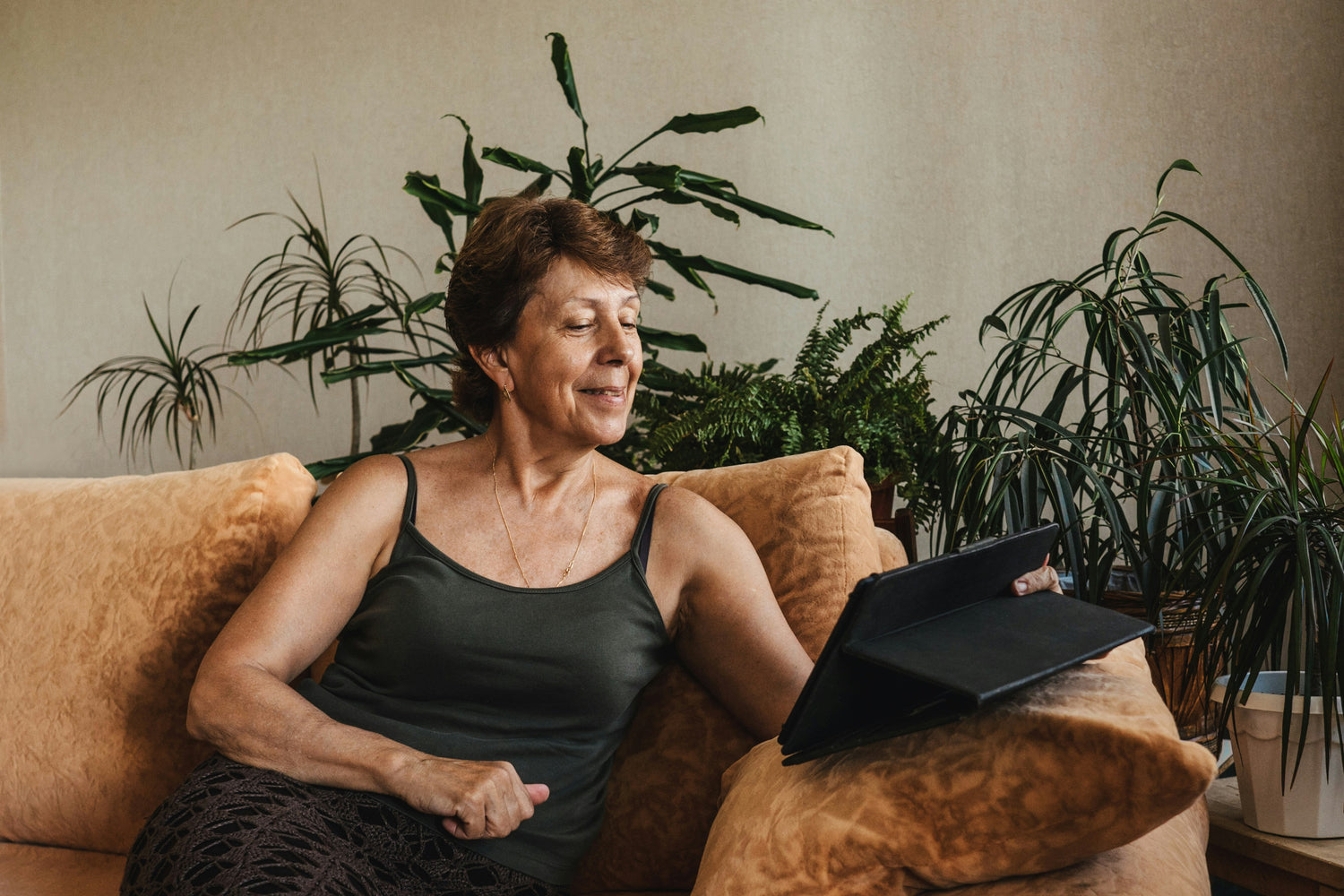Give it a couple of weeks and there will be skeletons hanging from every shop window, yes, Halloween is coming. However, the only bones that really need your attention are your own.
When it comes to our own bodies, more often that not, we are much more concerned with issues of how our bodies look on the outside. Moreover, opinions on how to treat osteoporosis or osteopenia are, dare I say it, fractured.
But, it’s a big problem and - with an ageing population - getting bigger by the year. In the US alone, since 2003 annual sales of osteoporosis drugs have about doubled to $8.3 billion.
Many people know that calcium is vital for bones and consume milk no doubt partially in the belief that it helps them get their daily quota. Yet, it is those countries where populations consume the least dairy where there is the least incidence of osteoporosis.
The nutritional conundrum is this: although milk and cheese are high in calcium, they often accompany excess stimulants such as coffee, alcohol or tea and lack of bone building minerals such as magnesium, boron, zinc and silica.
Increasing calcium intake through calcium-rich dairy foods is not wrong in itself but, in relation to bone health, increasing a broader spectrum of nutrients, reducing sodium (salt) and getting adequate sun exposure to boost vitamin D levels, or supplementing vitamin D, is just as important. Moderating protein intake is another area that needs attention.
A National Institutes of Health study at the University of California, published in the American Journal of Clinical Nutrition, found that "women who ate most of their protein from animal sources had three times the rate of bone loss and 3.7 times the rate of hip fractures as women who ate most of their protein from vegetable sources." The study's conclusion: "An increase in vegetable protein intake and a decrease in animal protein intake may decrease bone loss and the risk of hip fracture."
Excessive animal protein would mean more than two servings a day, a typical serving being the size of the palm of your hand.
Another study published in the American Journal of Clinical Nutrition (2000) looked at all aspects of diet and bone health and found that high consumption of fruits and vegetables positively affected bone health and that dairy consumption did not.
Such findings do not surprise nutritional researchers. The calcium absorption rate from milk is approximately 30 percent, while figures for broccoli, Brussels sprouts, mustard greens, turnip greens, kale, and some other green leafy vegetables range from 40 percent to 64 percent.
All of the research supports what nutritionists and public health officials have preached for some time, namely the importance of a balanced diet with a high proportion of fruits, vegetables, and legumes, and a lower proportion of meat and dairy.
And the last skeleton-preserving factor? Exercise. Not all workouts are created equal when it comes to building bone mass and a Sunday stroll isn't going to cut it. Weight bearing, non-attritional resistance exercise can increase the amount of bone minerals in your body, leaving you less susceptible to osteoporosis.
The resulting increase in muscle mass has other benefits too. It can boost your basal metabolic rate - the rate at which you burn calories - and improve your overall body composition. All the better for looking the part in this year’s slinky Halloween cat costume.
For more information:
National Osteoporosis Foundation
International Osteoporosis Foundation
National Osteoporosis Society
National Osteoporosis Foundation: Osteoporosis support group and discussion community





